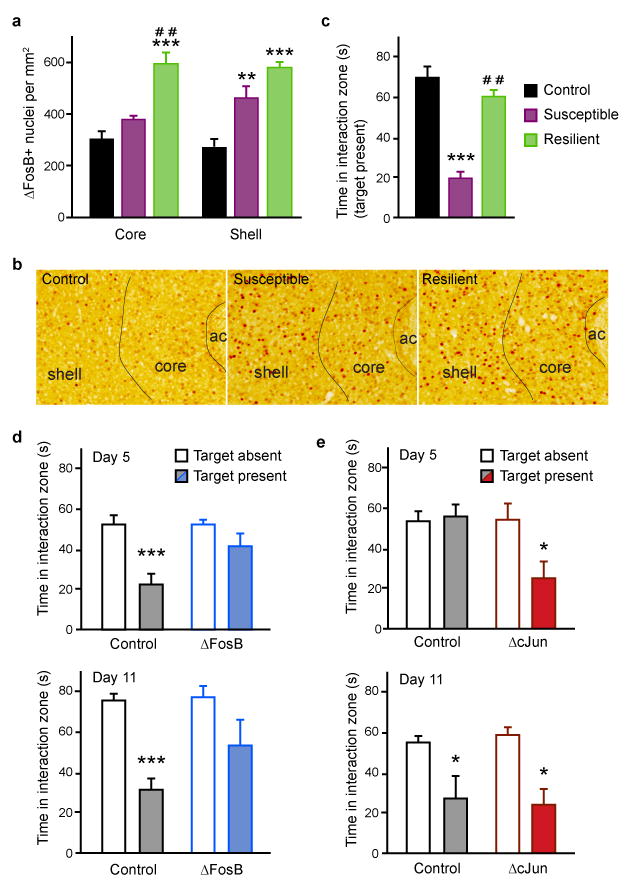Figure 1. ΔFosB induction in NAc by social defeat mediates resilience.

(a) Interaction zone times showing social avoidance in the susceptible mice only (n=4). [F(2,11)=34.91, P<0.001; Post-hoc test: ***P<0.001, versus “control”; ##P<0.01 versus “susceptible”.] (b) Chronic social defeat induces ΔFosB in NAc as quantified on day 11. Resilient mice show greater ΔFosB induction in both core and shell of NAc versus control mice (n=3–4). [Core, F(2,11)=16.81, P<0.001; Shell, F(2,11)=39.9, P<0.001. Post-hoc test: ***P<0.001, **P<0.01 versus “control”; ##P<0.01 versus “susceptible”]. (c) Representative photomicrographs of ΔFosB immunohistochemistry in NAc 24 hr after the last defeat. ac, anterior commissure. (d) Inducible bitransgenic mice overexpressing ΔFosB (Day 5: n=29–32; Day 11: n=6–15) don’t develop social aversion. [“Day 5”: Interaction F(1,118)=5.908, P<0.05; Post-hoc test: ***P<0.001 versus “no target”; “Day 11”: Significant effect of “target”, F(1,38)=13.20; A posteriori t-test, t=4.190, ***P<0.01 versus “no target”.] (e) Conversely, overexpression of ΔcJun increases susceptibility to social defeat with increased social aversion seen after 4 days of defeat (Day 5: n=15–23; Day 11: n=6–7). [“Day 5”: Interaction F(1,72)=4.198, P<0.05; Post-hoc test: *P<0.05 versus control “no target”; “Day 11”: Significant effect of “target” F(1,20)=13.16; A posteriori t-test, t=2.313, *P<0.05, t=3.801, **P<0.01 versus “no target”]. Whereas control littermate mice of the ΔFosB line show social aversion after 4 defeat episodes, control littermates of the ΔcJun line do not due to differences in genetic background. Such baseline differences between the lines are also seen in measures of anxiety- and depression-related behavior (see Online Methods and Supplementary Fig. 2).
